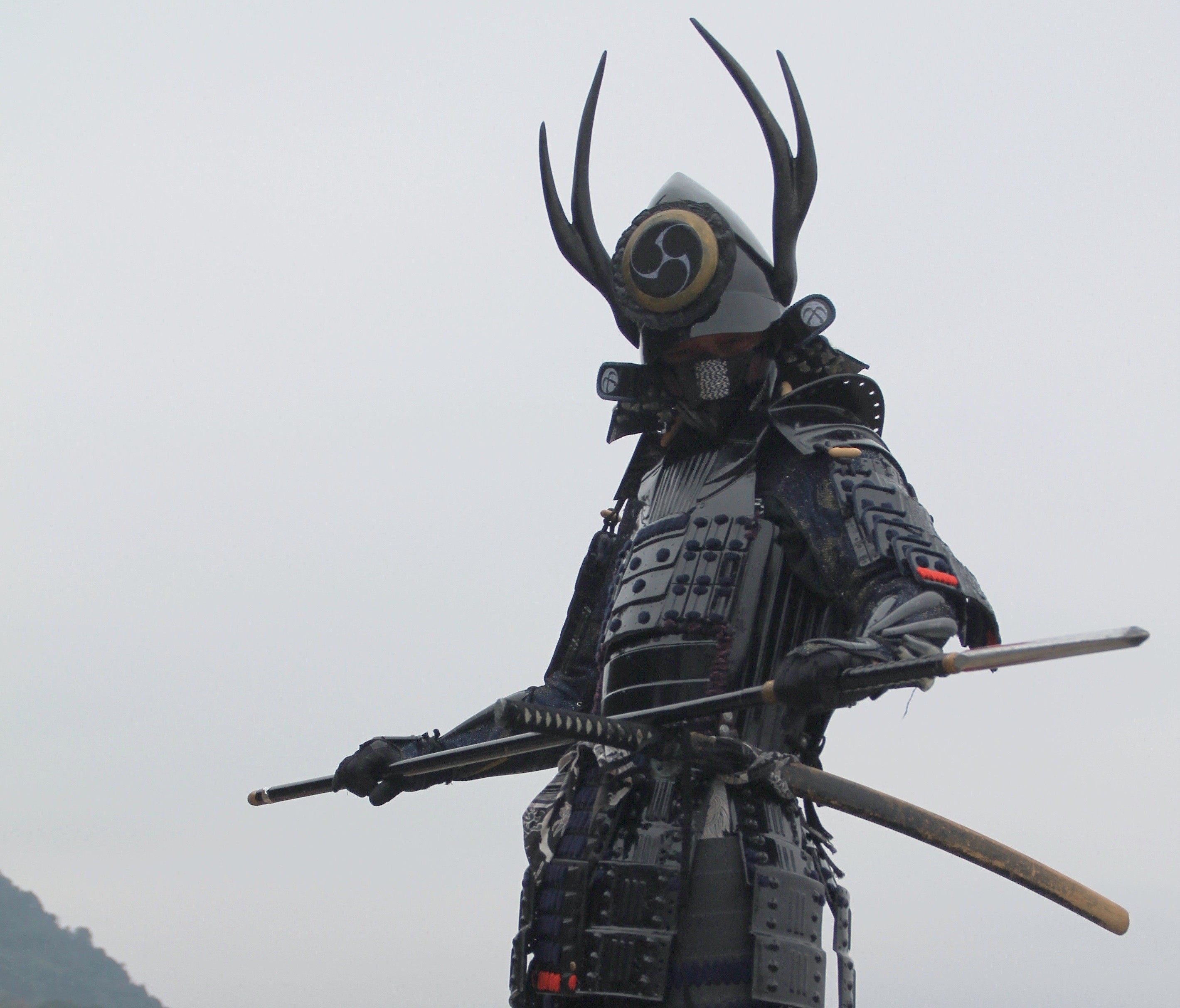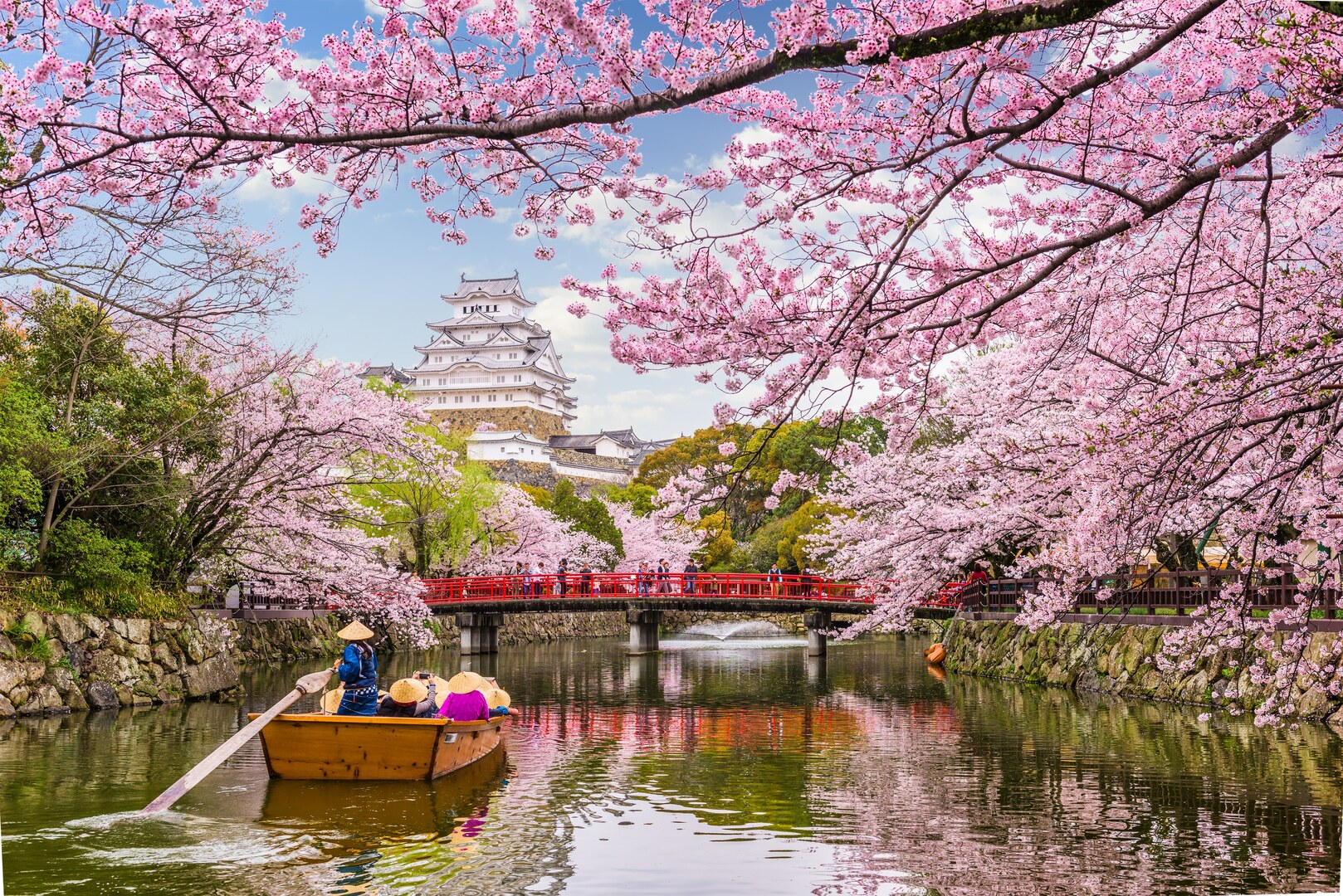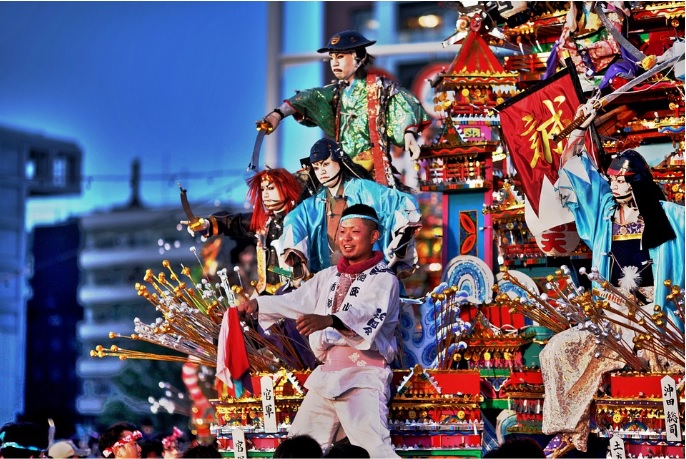
Swimming has been Japan’s national forte, as reflected in last year’s Rio de Janeiro Olympics, when Japan brought home a total of 41 medals. The craze over the sport probably has been due to the fact that swimming has been part of the elementary curriculum since the 14th century.
One of the fruits of this tradition is the Nihon-eiho, otherwise known as the classical Japanese Swimming. With Japan being an island, swimming was not just a sport. It was essential for survival. This is why the ancient warriors of Japan called the samurai developed techniques in swimming to gain an edge in battles over the river or ocean.
For the samurai, being able to swim in heavy armor was a matter of life and death.
The Swimming Warrior

A samurai’s suit of armor. Photo by Samuraiantiqueworld. Licensed under Creative Commons.
During the time of the Sengoku, also known as the Warring States period, samurai clans would often battle each other over rivers and seas. In the 15th century until the 17th century, warriors would swim across rivers while in their armor and helmet. In the 17th and 19th century, the samurai would pass messages to each other by navigating through the rivers, seas, and lakes of Japan. With a samurai suit weighing as much as 44 pounds, the warriors were expected to know how to fight on water, or at least to stay afloat.
The different needs of the samurai warfare led to the development of suijutsu, literally meaning “water skills”. It is the samurai’s art of combative swimming. The suijutsu is a variety of swimming styles which taught the warrior not only how to swim with armor, but how to board a boat, how to fire an arrow, how to hold onto a rope, how to swim against a current, and how to fight with swords all while swimming.
Preserving the Swimming Warrior
The traditional style of samurai swimming has been preserved by the Japanese Swimming Federation through Nihon-eiho up to the modern times. Nihon-eiho, or Classical Japanese swimming, is a form of aquatic martial art derived from over a hundred suijutsu techniques by the different samurai warrior clans.
The Japanese Swimming Federation has authorized twelve schools of Nihon-eiho to pass on the water tradition of the samurai. One of the grandmasters of these schools, Tadao Koga, says that the primary purpose of the Nihon-eiho is to teach people how to swim and survive in a natural environment. Because of that, masters of Nihon-eiho are considered masters of the waves.
The Modern-day Swimming Warrior
Today, there are over a hundred techniques taught in Nihon-eiho schools. Japan also holds competitions over the nation for Nihon-eiho. More than being a survival technique, it has become an aesthetic display of Japanese martial arts skill.
As a matter of fact, some of the strokes of Nihon-eiho are being used in the world today. Koshiki-eiho, or the act of swimming sideways, is used by the American Red Cross to train lifeguards. For lifeguards, swimming on only one side can keep them afloat as they hold the victim on their other side. The US Navy also uses this type of skill whenever they are in combat.
Benefits of being a Swimming Warrior
Learning Nihon-eiho is actually really good for even normal people. Training in water creates hydraulic resistance, which leads to greater fat loss, because the body is exerting more effort in the water than on land. Learning the techniques of the samurai in the water actually creates greater improvement in strength compared to training on land. There is also less stress on the joints because the water acts as a cushion that saves the muscles from wear and tear.
No wonder the Japanese preserved this ancient art.
For the Japanese, swimming is not just another workout. Swimming is heavily ingrained in their tradition, and generously painted with the stories of victory of their fierce ancestors. Their high regard for their history caused them to preserve the samurai’s water skills.
To them, swimming is not just a pastime but a way of life, a samurai way of life.
SOURCES
- Nippon
- Outreach Notes
- The Daily News of Open Water Swimming
- NHK World
- NY Daily News
- Tokyo Tom Baker
- Karate by Jesse





